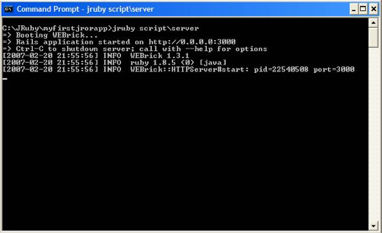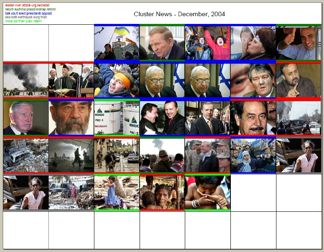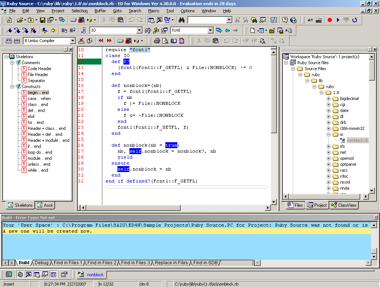
Pledgie is a new Rails-powered Web site that allows anyone to raise funds online for meaningful causes. There is no charge for the service. Instead, Pledgie’s goal is to create an online version of the personal, one-on-one interactions that traditionally are at the heart of successful grassroots volunteerism. Pledgie has recently been successful in helping Rick Olson and Justin Palmer raise some money to support their Mephisto blogging system.
Pledgie was created by Mark Daggett and Garry Dolley. Mark Daggett is a Social Software artist and researcher. Garry Dolley is a professional programmer and open source software advocate. Both are very active in the Ruby community and I took the opportunity to ask them some questions about their Rails development experiences. Read More














